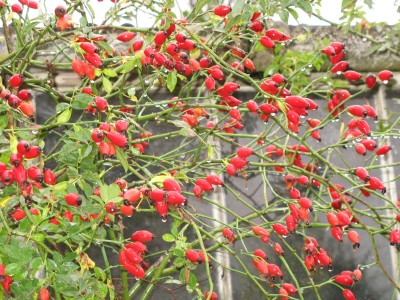The BBC’s Autumnwatch once asked people to send in a few sightings of natural events – elderberries ripening or swallows arriving – so I sent some in and was then invited to send in more. This ‘more’ is as a recorder for ‘Nature’s Calendar’, run by the Woodland Trust.
Nature’s Calendar compiles a fascinating picture of how the seasons unfurl across the UK and is becoming a useful record of the effect of climate change. The most amazing feature is the animated map: is to go to ‘Maps’ and choose an event, then watch how the sightings grow with time across the UK map. Seeing greater and greater clumps of dots appearing as more and more swallows arrive in spring, or as more and more trees show their autumn colours, gives one a greater link with Nature – you can see that it’s actually happening out there now!
To be a recorder you don’t have to put in masses of data – just as much as you want to. People who go on a regular walk could find it adds another dimension of interest to their routine. The best thing for me was to note the day in spring when all the insects come out and it is just warm enough to sit outside – usually mid-March. That’s when the frogs mate in my pond: it all happens just on one day, and I was never aware of that before. It’s a cause for celebration in early spring.

{ 2 comments… read them below or add one }
I wonder whether there are mny acorns and hooly berries around the country. Down in West Dorset there are virtually none. Hazels, hawthornes and elders seem to be OK.
I’ve not noticed any around me Tony, though I haven’t been out looking for them at the moment. There are a lot of brambles and elderberries though.
Nice to know you found my blog – I wrote this last year. Thanks for the reply.
Jane